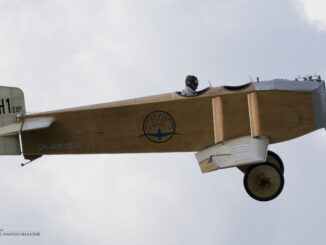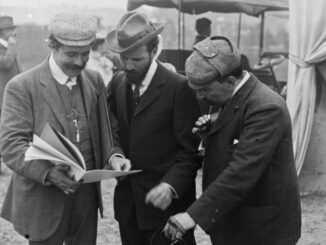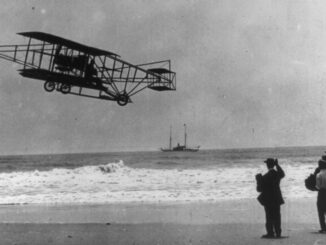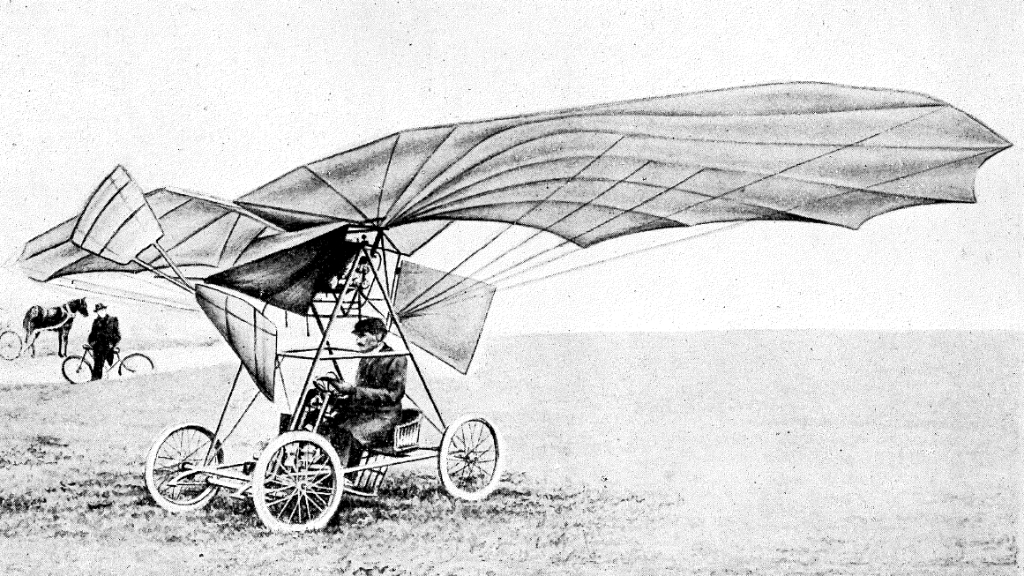 On 16th February 1903, Romanian inventor and aviation pioneer, Traian Vuia, presented his concept of the flying machine, described as the ´aeroplane-car´, to the French Academy of Science.
On 16th February 1903, Romanian inventor and aviation pioneer, Traian Vuia, presented his concept of the flying machine, described as the ´aeroplane-car´, to the French Academy of Science.
In July of previous year, Vuia decided to go to Paris, hoping to find some aviation enthusiasts there, interested in financing his project of heavier-than-air apparatus. Regrettably, the French aviation society gave him the ice treatment. Vuia´s meeting with balloon developers and other leading aeronautic inventors failed to produce any results.
Not discouraged with disappointment, Traian Vuia made another attempt to arouse any interest in his project. On 16th February 1903, he presented the ´aeroplane-car´ to Académie des Sciences (Academy of Science) in Paris.
Regrettably, the Romanian inventor was also rejected there. What´s more, the French learned society said in conclusion that: ´The problem of flight with a machine which weighs more than air cannot be solved and it is only a dream´.
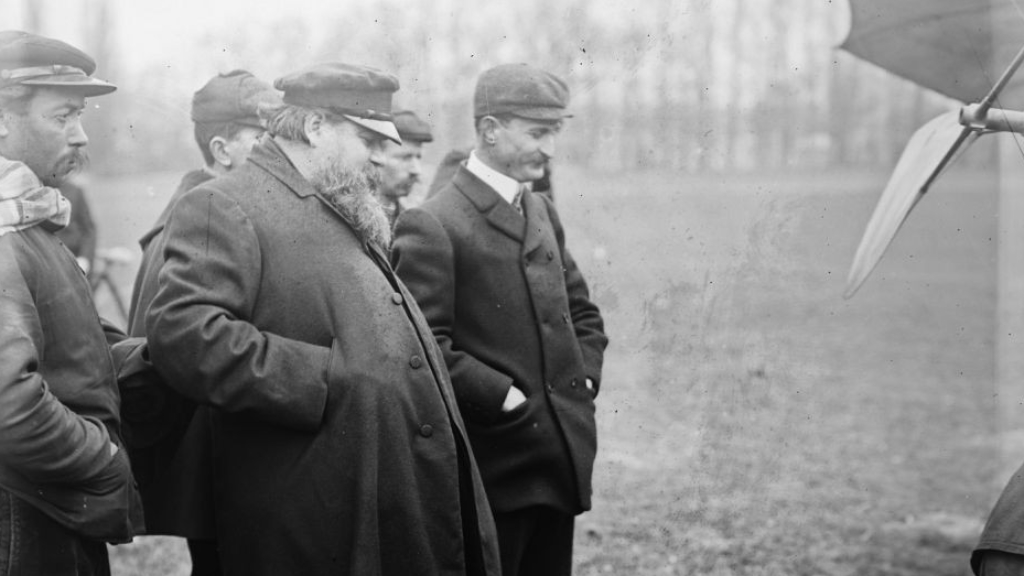
Despite the lack of interest in the project, Vuia continued development of his heavier-than-air aircraft. However, he was in financial difficulties again and managed to recover only with help of the Romanian lawyer and politician, Coriolan Brediceanu, who was Vuia´s long-time supporter and mentor.
Brediceanu´s support allowed Traian Vuia to apply for the French patent protection for his ´aeroplane-car´. On 17th August 1903, the patent was successfully granted with No. 332106 and officially published in October of the same year.
Full story here.
Cover photo: Vuia I aircraft (Wikipedia, Public Domain)

